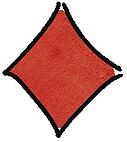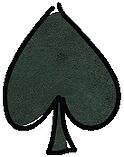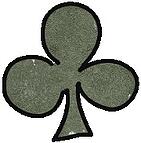The Four Buying Cultures
According to "Killer Products" authors Dominic Rowsell and Ian Gotts, there are four distinct buying cultures for purchasers of technology related products. Companies must optimize their value chain so as to deliver the appropriate level of service to the customer and adapt this model as technology matures through the Diffusion of Innovation cycle. Different levels of selling skill and experience are required for success in selling into each buying culture.
Each is explained in more detail below and followed by examples.
 |
Definition: The Value Captured Buying Culture occurs when the customer is willing to put themselves in the hands of a supplier in order to generate change or value. Example: The Accenture-E-Bay joint venture worked with major prestige clothing retailers to channel unsold goods which were being dumped at a fraction of the purchase price into a far more profitable online store. The profits and risks in this case were shared with both parties. |
 |
Definition: The Value Created buying culture occurs when the customer senses there is an opportunity but cannot describe it. It takes the supplier to bring it into clear focus and suggest a solution.
Example: Advanced Marketing Concepts Ltd. has been selling its Sales and Marketing Messaging Alignment Process and Workshop for the past six years as a way of improving how companies message their value to the market and to elevate the quality of Internet messaging and sales conversations.
It requires educating customers about the underlying concepts, helping them understand the value created through integrating product usage knowledge, with buyer persona and product capabilities and demonstrating how others have achieved success with this approach. |
 |
Definition: The Value Added buying culture occurs when the customer recognizes they need to find a solution to a pain or opportunity and they are looking for options. An example of this is a customer looking to improve sales performance and forecasting accuracy. CRM as a service systems are known to exist and the benefits are understood, but it takes the supplier to explain the benefits of their approach over that of their competitors.
Example: Salesforce.com provides a comprehensive CRM as a service suite with significant capabilities, as do MicroSoft, Oracle and a number of other players. Winning requires understanding and delivering the functionality required for the specific buyers needs and being able to differentiate the value in the software...it's not just price. |
 |
Definition: The Value Offered buying culture occurs when the customer knows what they want and all that is left is to decide what colour it will be and how many. Laptop procurement by a business buyer is an example. The buyer will use the Internet to do their own research and make a decision about which brand and their configuration. The buyer may purchase over the Internet, from a preferred supplier or for a large acquisition, invite vendors into a reverse auction.
Example: The Value Offered from Dell Computer is a well known branded Laptop - a commodity product, that performs as specified at a competitive price, through a low-friction channel, backed up by high quality service and support. The value Dell offers in Laptops is their brand, their price, delivery and support. Dell's profitability comes from its optimized supply chain and service business. |

